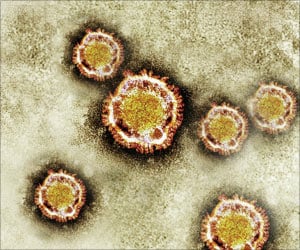Researchers at The University of Western Ontario have announced the discovery of some processes that reduce the lethal effects of toxins from superbugs, and, thereby, enable humans
University of Western Ontario’s scientists have discovered certain processes that reduce the lethal effects of toxins from superbugs. This, they hope, will help humans and microbes to co-evolve.
Lead researcher Joaquin Madrenas, from the Robarts Research Institute, believes that his team’s findings may pave the way for new alternatives to antibiotics that specifically target the toxic effects of these superbugs.The researchers focused their study on staphylococcus aureus.
Simply known as staph, this superbug is the leading cause of infections in hospitals and the second most common cause of infections in the general population.
These bugs produce lethal weapons called superantigens that cause massive and harmful activation of the immune system that leads to Toxic Shock Syndrome (TSS), a very serious disease that carries a high mortality, for which there is no specific treatment.
Scientists have been puzzled as to why a person can died within hours when his/her body is directly exposed to the TSS toxins, while individuals may carry toxin-producing staph and not get sick or die.
Thus, Madrenas and his colleagues set out to determine what has the staph bug got that prevents the immune system of the host from being kicked into high gear.
Advertisement
The researchers say that the secret lies in molecules found in the cell wall of staph, which bind to receptors known as TLR2 on immune cells of the host triggering the production of a protein called IL-10, an anti-inflammatory molecule that will prevent TSS.
Based on their findings, his research group have also developed a computer model that will help predict the outcomes of encounters between staph and a host, and will reveal new aspects of these encounters.
The findings have been published in the online edition of the journal Nature Medicine.
Source-ANI
TAN











